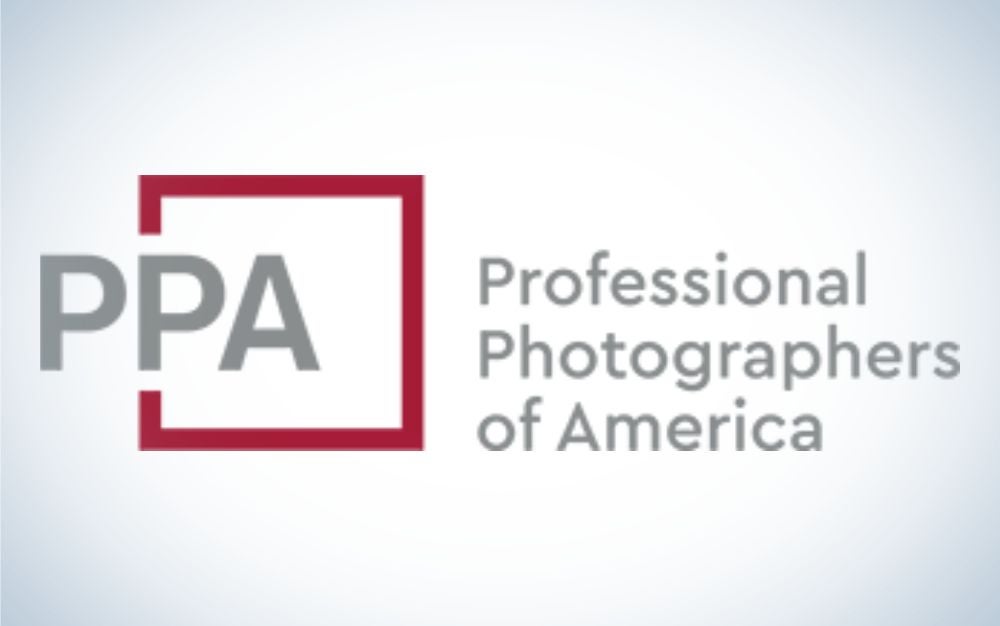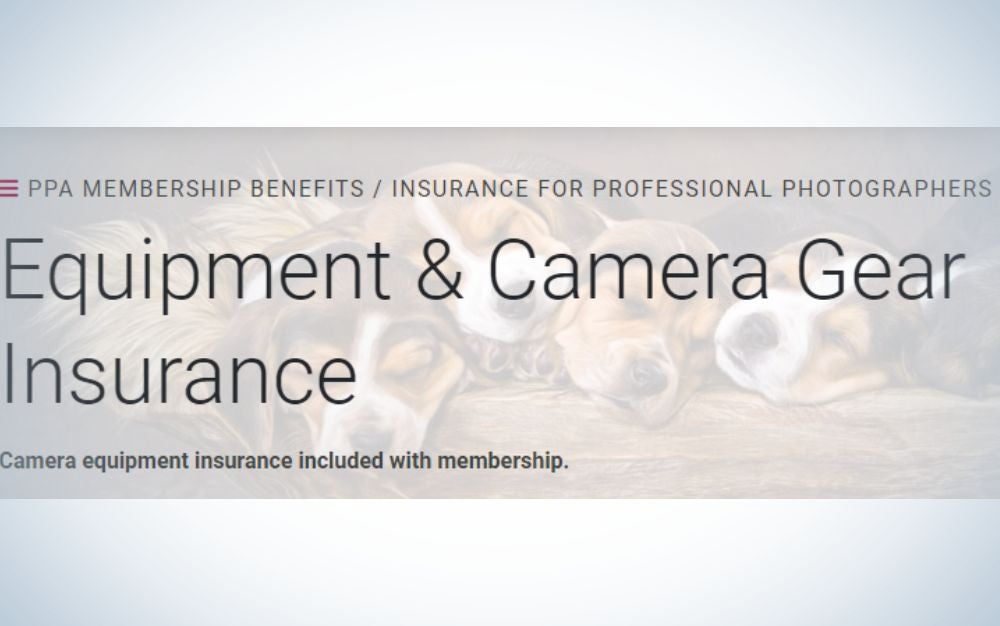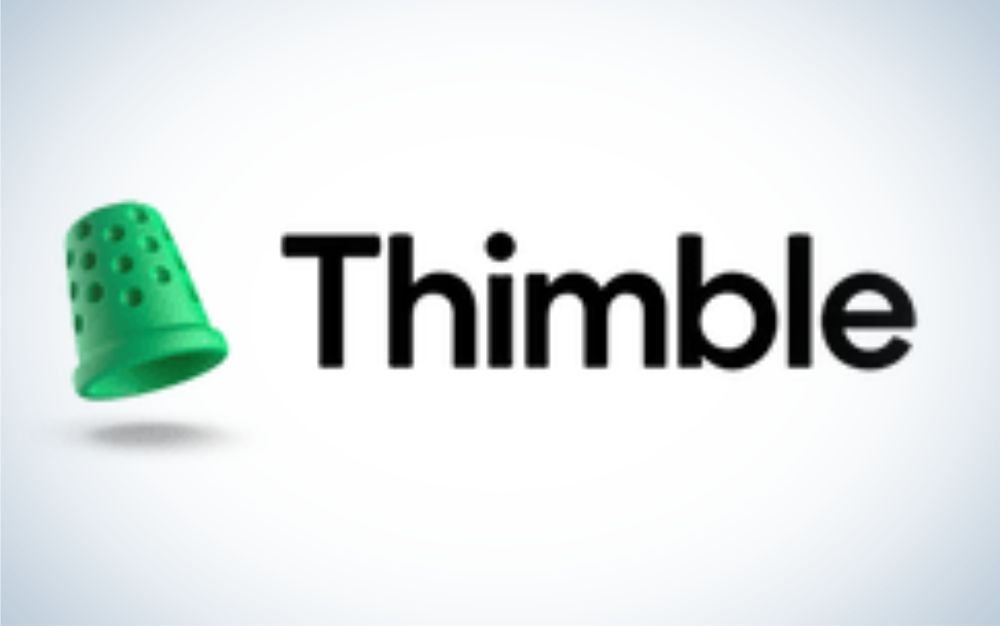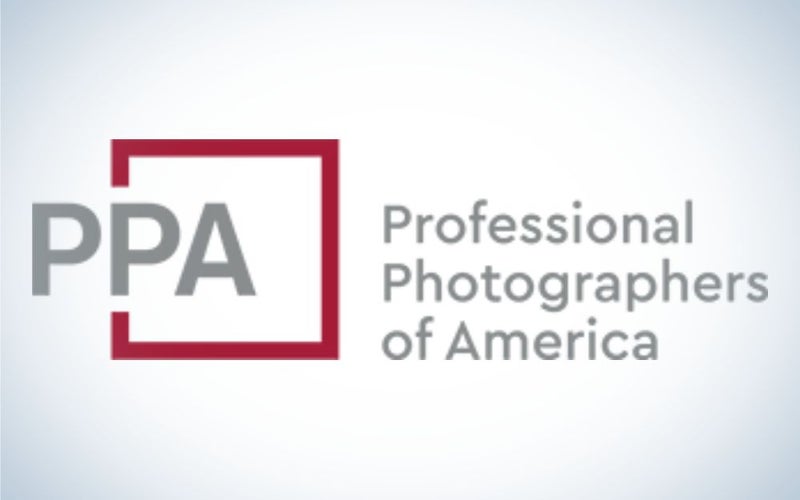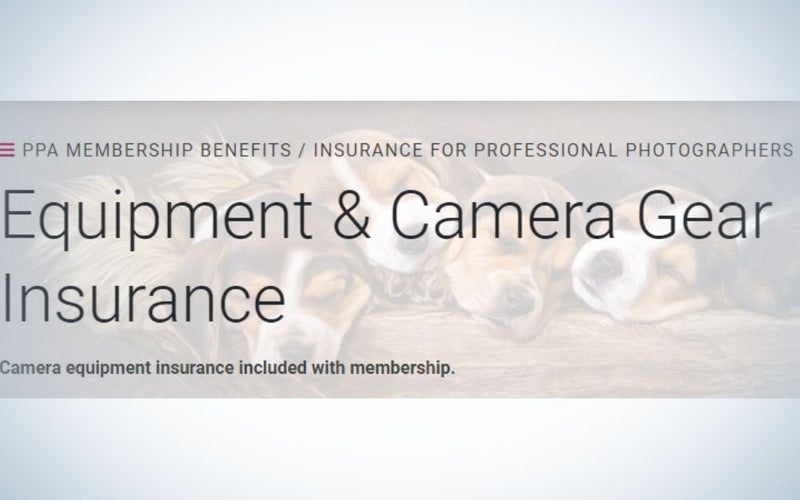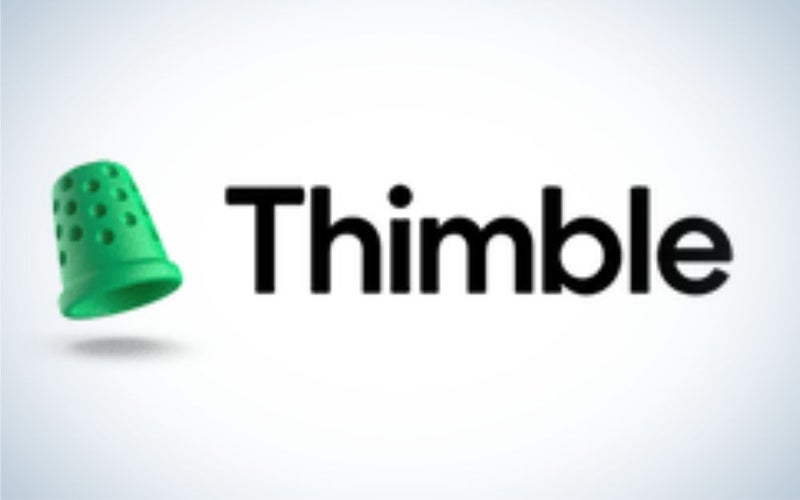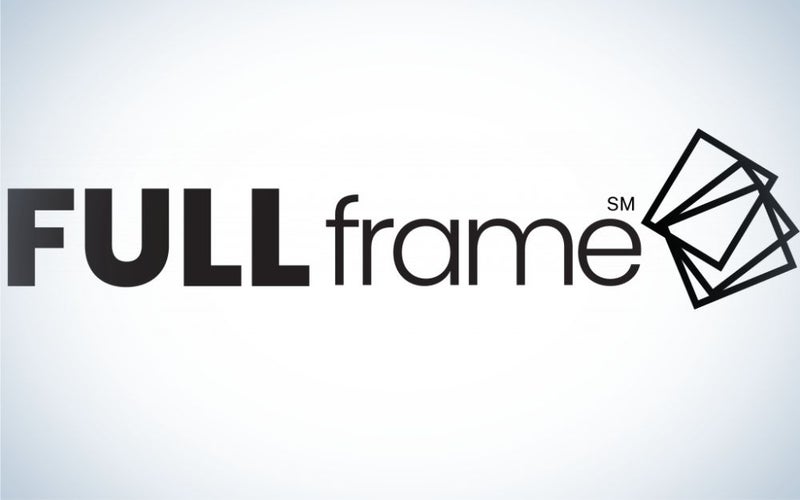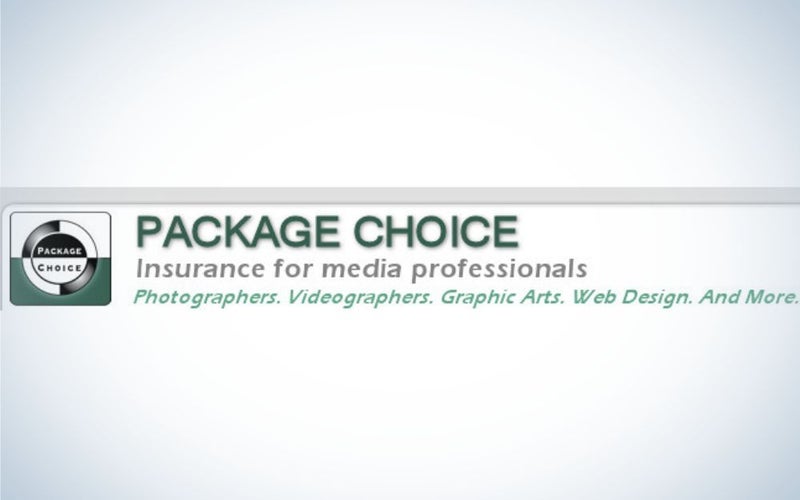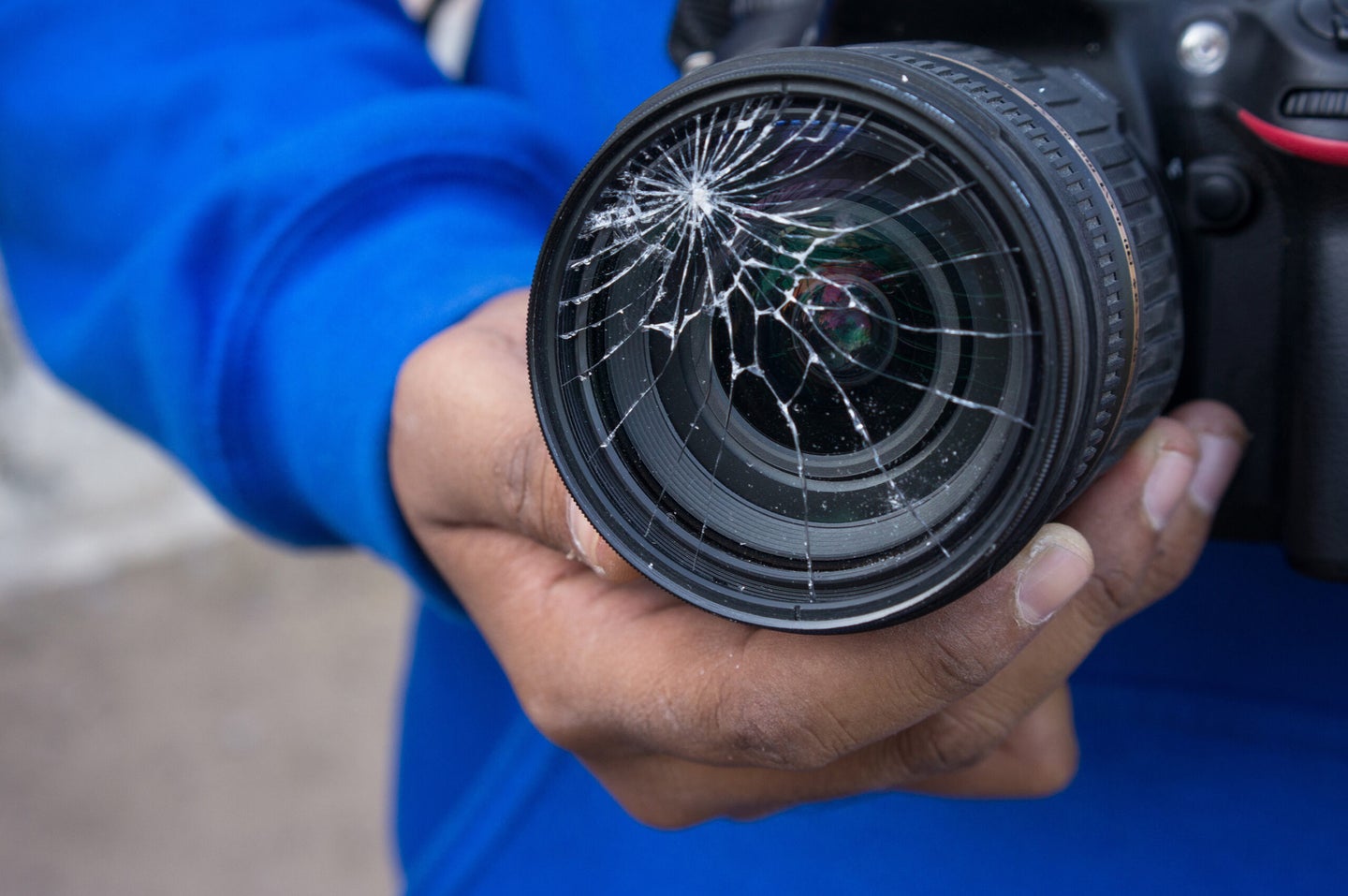
Photography insurance is a less than glamorous topic but is a necessity. As a photographer, videographer, or droneographer, one thing is certain: gear is expensive. And when you look at the money you spend on equipment as a literal representation of the time you have sacrificed, more is at stake than just the price tag. Whether it’s lenses, camera bodies, drones, or even computers and vehicles, it is essential to always have a contingency plan for when things inevitably go wrong.
When looking at the vast possibilities of insurance available, it is easy to become overwhelmed. That’s precisely why we wanted to help you start your journey of selecting the right plan to fit your needs. Whether you are just starting your photography business, are a seasoned pro, or even a hobbyist, this article is your guide to approaching insurance agents well informed. Choosing the best photography insurance is one of the best long-term business decisions you can make, so keep reading to find out how to protect yourself, your gear, and your business.
- Best overall: PPA PhotoCare Plus
- Best value: PPA PhotoCare
- Best budget: Thimble
- Best for professionals: Full Frame
- Best for gear: Hill & Usher Package Choice
Best photography insurance: Ratings & reviews
Before we jump right in, there are a few things we must cover. First and foremost, we are not attorneys, and you should not use the the information provided here as legal advice. Furthermore, policies can vary wildly from state to state depending on local regulations. And since the gear required by photographers differs from each individual, we will be avoiding giving specific details on pricing.
Instead, you should obtain an accurate quote from a licensed insurance agent built around your particular needs. This guide is intended for educational purposes only. Out aim is to help fellow creatives make well-informed decisions about the right photography insurance coverage for their business.
Best overall: PPA PhotoCare Plus
PPA
Why it made the cut: This premium PPA insurance offers wide-ranging coverage, including data loss protection and equipment coverage up to $100,000, even for your drones.
Pros:
- Data loss & negligence protection
- Equipment coverage up to $100,000
- Drone & UAS coverage
- Employee, assistant, contractor coverage
Cons:
- General liability coverage is an add on
Professional Photographers Association (PPA) does a top-notch job providing professional photographers with the tools they need to build a successful business. PPA brokers its insurance options through an insurance provider named Lockton Affinity. Where the benefit comes into play for photographers is how PPA worked with Lockton Affinity to tailor a policy that has the specific needs of a professional photographer in mind.
Though you get insurance through your PPA membership, the PhotoCare Plus is additional, extended coverage. At this higher level of membership and insurance, there are a lot of benefits. For starts, a lower deductible of $250 means you can be up and running again with minimal out-of-pocket loss. On top of that, a general liability policy of up to $2,000,000 annually ensures that you have coverage in the event of an unfortunate accident. That holds true even if an employee of your business caused the incident.
Perhaps one of the most appealing aspects of this coverage is the equipment coverage. PPA and Lockton Affinity insure up to $100,000 of equipment. It is valued at the full replacement cost of the equipment in the event of a total loss. What makes this even more appealing is that the PhotoCare Plus policy includes drones and other aerial imaging equipment. Other equipment coverage policies typically exclude these devices. If you decide to go this route, though, keep in mind that this coverage does not include general liability coverage. If that is coverage you need in your business, you will have to add on this coverage through Lockton Affinity.
Best value: PPA PhotoCare
PPA
Why it made the cut: Included with your PPA membership, PhotoCare insurance gives you great insurance coverage along with additional benefits associated with your membership.
Pros:
- Equipment coverage up to $15,000
- Data loss and negligence protection
- Global coverage
- No additional cost beyond your membership fee
Cons:
- Excludes general Liability and personal injury coverage
- No drone coverage
When you sign up for a PPA membership, you gain access to a lot of benefits. You’ll be able to find business guides, financial benchmarks, boilerplate contracts, copyright & advocacy resources, discounts, consumer reports, sales and marketing tools, and a monthly magazine. But most importantly, you also get PhotoCare equipment insurance.
PPA has a very reasonable monthly membership price. So much so that it’s hard to see how it can even provide that much value to its members. PhotoCare insurance is one of the biggest draws for a PPA membership. While PPA designed this to be a backup insurance policy, it is robust enough to help enthusiast photographers transition into full-time professionals.
Right out of the gate, photographers can expect gear coverage for up to $15,000, determined by your original purchase price. In previous years, each deductible increased with each claim. But PPA recently changed that to a flat fee of $350 for each loss. While the equipment coverage is a very nice touch, it is worth noting that the other portions of insurance that most businesses require are non-existent. That means you don’t have general liability, drone, or personal injury insurance without upgrading your policy.
Best budget: Thimble
Thimble
Why it made the cut: Thimble set out with a singular mission in mind, to help small businesses obtain the coverage they need for exactly their needs and only when they need it. Its day of coverage has the lowest premium around, which seats it as the best budget photographer insurance.
Pros:
- Last-minute insurance is possible
- Equipment coverage up to $2,500
- General liability coverage
- Very customizable to what you need
Cons:
- Equipment coverage is low at the monthly premium
Thimble is a unique company as it makes it easy for business owners to obtain spur of the moment insurance. It even has policies that cover photographers on a single afternoon shoot at an average of $5. Its day rate is attractive at an average of $15 for an entire day of shooting.
But what exactly do you get for premiums as low as these? Negligence protection, check. General liability up to $1,000,000, check. Personal Injury? Covered by their general liability policy. Equipment damage, sure, up to $2,500. If that’s not enough coverage for your gear, you can always add on more in $2,500 increments.
We admit we were surprised by the low equipment coverage amount from this provider. But as we will later see, they aren’t alone. With the ability to only pay for the coverage you need when you need it, there is a lot of money to save when going with Thimble. For our budget-minded professionals, this may be the route to go.
Best for professionals: Full Frame
full frame insurance
Why it made the cut: Full Frame is an insurance provider that caters specifically to photographers and videographers and them alone. Having a provider that only deals with creative professionals ensures that any agent you speak to understands the intricacies of the business.
Pros:
- General liability
- Personal injury
- Short-term coverage options available
- Negligence coverage
Cons:
- Equipment coverage is only $1,000 per occurrence
Full Frame has a very easy-to-use website. It provides users with all the information needed to give photographers a sense of direction before speaking with an agent. Its intuitive insurance policies come in three different packages. They range from three-day event coverage at $59, an annual plan at $129, and a premium annual policy of $184.
While all three policies have similar coverage, the Annual Plus comes with more add-on options and higher liability limits. It even provides coverage for cyber liability, which covers any data breach of sensitive content. That’s a nice addition you won’t see with other providers.
The one area we feel as though it missed the mark on was the equipment coverage. As photographers, our gear is the heart of our business. Without it, we are dead in the water, so we were shocked to see such low equipment coverage amounts. For starts, only the annual plans include $1,000 per occurrence equipment coverage. And only the Annual Plus plan has the option of adding on additional coverage limits for an additional premium. The annual premium for their top offering is only $184 ($15.33/month). That is a great price, but we would have liked to have seen the base coverage bumped up a bit with the higher premium.
Best for gear: Hill & Usher Package Choice
package choice
Why it made the cut: Hill & Usher is an insurance provider that is the primary choice for seasoned photography professionals. Its Package Choice Photographers Insurance is gear-focused, giving us peace of mind.
Pros:
- Policy designed with gear in mind
- General liability coverage
- Negligence coverage
Cons:
- Very outdated website
- Hard to gather enough info to set expectations
Out of all of the policies we reviewed, this is the first that puts gear first. And they did so without excluding the other important staples of great coverage. You can expect coverage for cameras, lenses, flashes, studio contents, computers, storage media, scanning equipment, dark room equipment, and even rental equipment. And it is all covered up to the cost of replacement.
Outside of their extensive gear coverage, general liability has a starting limit of $1,000,000. That includes coverage for personal injury and negligence. Depending on the amount of coverage your business requires, your deductible could be as low as $250 but no higher than $1000.
With such an appealing insurance policy, it is a shame how outdated its web presence is. When first reviewing Hill & Usher, its website gave off the impression of a long-forgotten business that kept up with its hosting bill. Unfortunately, the dated website also made it challenging to discern helpful information. It seems that its intent is for potential customers to contact one of its insurance agents to get a more accurate account of coverage options. Because of this, we were unable to get a clear idea of how much we could expect to pay in premiums and how much equipment coverage to expect. After looking at some of the actual claims paid out, though, we were pleased to see some higher claims, one of which was $375,000.
Things to consider before buying photography insurance
Any time a conversation is started around the topic of insurance, many what-if scenarios come to mind. These can help set a clear path for choosing the coverage you need. For example, let’s say you aren’t ready to make the leap into the professional world of photography just yet but still want to ensure that the gear you spent your hard-earned money on is covered. The good news is that homeowner’s insurance could possibly cover your gear if something happens to it in the case of a break-in or natural disaster.
As good as this sounds, there are many pitfalls to consider. If damage occurs to your gear outside of the home, it is likely that your homeowner’s policy won’t cover replacement or repair. Similarly, if you do decide to start shooting commercially, many homeowner’s policies require that you cover your gear with a business insurance policy.
Liability coverage
Gear coverage is not the only necessity when it comes to photography insurance. Venue owners have put a lot of time and work into building their businesses and want to ensure that damages are covered by all vendors utilizing their space. Because of this, many event venues require proof of general liability coverage from their vendors.
Another feature to look out for when reviewing general liability coverage is its ability to cover employees, assistants, and even contracted employees in the case of an accident. Even as a photographer, there are a plethora of unique situations where you may be liable for damages. So it always pays to make sure you have protection in the event of costly repair bills.
Personal injury
Personal injury coverage also plays a major role in selecting the right package. We may not think of photography as a full-contact profession. But depending on the type of shooting you do, there are plenty of opportunities for accidents to happen.
For example, during a sparkler exit on a wedding day, you could bump into a guest who drops a lit firework, causing burns. Or, as a landscape photographer, you could have a nasty fall in the wilderness and break a bone. Lastly, your drone could malfunction, dropping out of the air while landing and the rotors require you to get stitches. Therefore, having good personal injury coverage is a must when selecting a policy, even if you are fortunate enough never to use it.
Additional add-ons
When combing through what each insurance company offers, add-ons and other options may be appealing to consider. Some a la carte options worth looking at include drone coverage, which companies frequently omit from equipment policies, auto insurance, and business owners’ policies.
You may also consider indemnification coverage for when a client threatens legal action due to negligence, data loss. Options for tailoring your insurance policy to your needs are in no small supply. That’s why we wanted to highlight the different variables popular with most professional photographers.
FAQs
Q: Is photography insurance worth it?
Insurance is a gamble on all fronts. If you choose not to have it, not only could you be violating local laws and regulations, but you could also be on the hook for a bill that could easily sink most professionals’ livelihoods. On the other hand, insurance can seem like an unfair and costly burden forced upon us, especially when the likelihood of ever filing a claim is next to nill.
However, in life, it’s not a matter of if but when an accident will happen. And when that time comes, it pays to have the proper protections in place. Therefore, our take, insurance on equipment, general liability, and personal injury are non-negotiable must-haves.
Q: Is my camera covered under home insurance?
In some instances, yes. If you aren’t a commercial photographer, you may have some options. To be abundantly clear, if you accept any sort of compensation for any shooting services you perform–whether compensation was the intent or not–it will classify you as a commercial service. For the most part, this single distinguishing fact is what will determine whether or not your gear is covered.
Even if your home insurance policy covers your gear, you need to be clear on what it will and will not cover. For example, if you leave your camera bag in your car overnight only to find all your gear was stolen during the night, your equipment may not be covered. Similarly, any equipment listed on your policy is subject to the same damage policy your home is covered under. For example, in the case of a flood, if your home is not covered by flood damage, do not expect your equipment to be covered either.
Q: What does PPA insurance cover?
PPA insurance is one of the many useful benefits of having a PPA membership. Like any other insurance policies you may come across, PPA allows you to select the options that fit your business, so what is covered varies. And you’ll get different coverage with different levels of membership.
However, a basic policy comes with the standard PPA membership, which includes equipment coverage. At the time of writing this article, this is what you can expect from PPA’s PhotoCare insurance policy: Full replacement value of stolen or damaged equipment ($350 flat deductible), equipment repairs ($50 flat deductible), and up to $15,000 in total coverage.
PPA specifically states that drones and other unmanned aircraft systems are not covered in this basic plan. If you need additional coverage for drones, upgrading to PhotoCare Plus will meet your needs. If you have the Full Plus membership, you’ll also get general liability insurance included in your membership price.
Q: Can I deduct photography business insurance?
If your insurance policy is considered ordinary and necessary to operate your business in a safe manner, then yes, you can deduct it. Generally, you can deduct most of the costs associated with running your business from your taxable income.
Even though, as a general rule of thumb, it is acceptable, we cannot speak on behalf of every unique business. Therefore, we still highly recommend that you consult a tax professional to ensure your deductions meet the requirements of the IRS or other governing tax organizations.
Q: What does photography insurance cover?
What photography insurance covers will vary wildly across plans and providers. Photography insurance is a blanket term that can be interchangeable with business insurance. Some basic policies cater to photography professionals more than others. Still, the same coverage that comes with a photography insurance policy is very similar to small business insurance policies.
Specific areas of coverage for photography professionals might include equipment coverage tailored to the unique nature of imaging equipment, advertising injury for when an “extra” in your shoot decides to sue for financial compensation, or even errors & omissions for then a photography contract isn’t fulfilled to the letter.
Q: What does photography insurance typically exclude?
Several insurance companies have specific clauses regarding drones and other UAS. Often, drones and unmanned vehicles require a separate additional policy to supplement equipment coverage. Also, many companies’ basic policies do not include personal injury or general liability. Be sure to speak to a representative or thoroughly research what a plan includes if you need those.
Final thoughts on the best photography insurance
Photography insurance may seem unnecessary, especially when starting out. But it can mean the difference between continuing in photography or not. Even if you only get gear insurance, having a safety net in case something happens to your expensive equipment is vital. At the end of the day, your insurance plan should be one of the pillars of ensuring your business runs as smoothly as possible.
Methodology: How we picked the best photography insurance
Every company that offers business insurance can craft a policy that caters to photographers. Rest assured, if you have an insurance provider that you know and trust, chances are you can continue using them. In a few fortunate cases, companies devote the time to developing insurance policies specifically designed with creative professionals in mind. We looked at the top options of insurance providers professional photographers have used in their careers and selected what we feel to be the best choices for anyone looking to cover their business.
We paid close attention to policies that covered the items we photographers are keen on protecting. Good general liability coverage, personal injury coverage, and equipment replacement or repair coverage were the aspects we most closely analyzed when assembling this list. Additionally, some insurance providers had additional coverage options for things like indemnity, data loss, or drones, which put them ahead of the competition in our eyes.
Running a successful photography business takes a lot of resources, so any insurance provider with other benefits with their policy also helped bolster their rankings. As with the case with PPA, there were many additional features included with the membership that will go a long way in assisting new photographers in building their businesses.
The post The best photography insurance of 2023 appeared first on Popular Photography.
Articles may contain affiliate links which enable us to share in the revenue of any purchases made.
